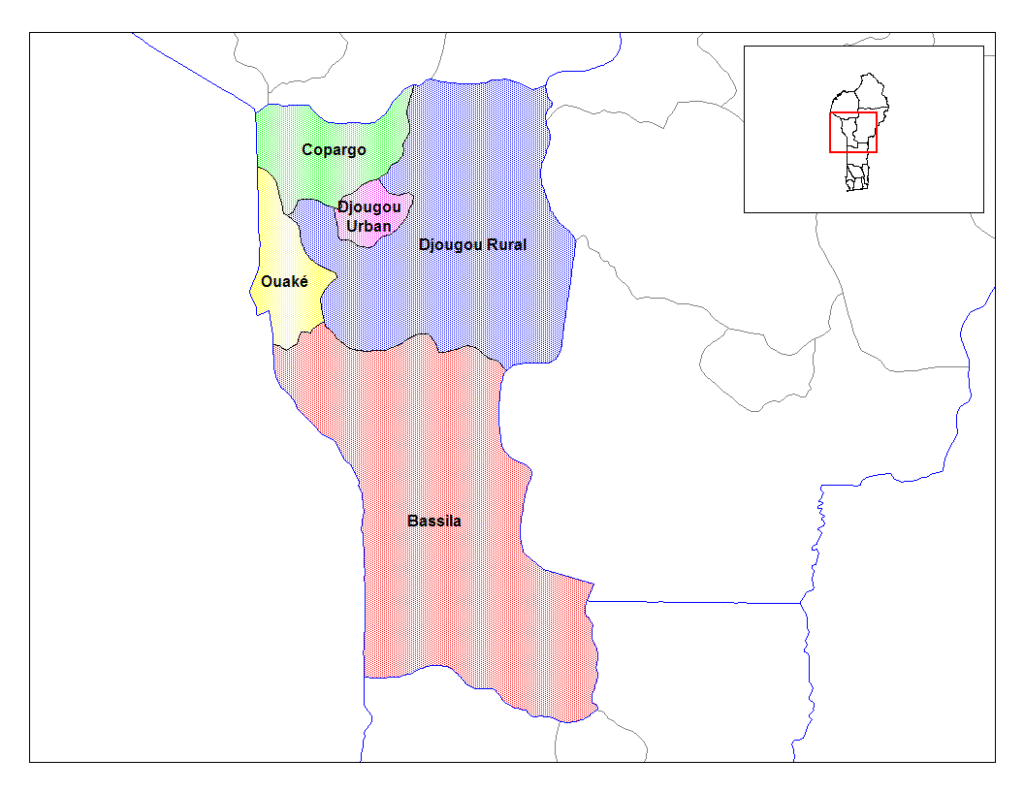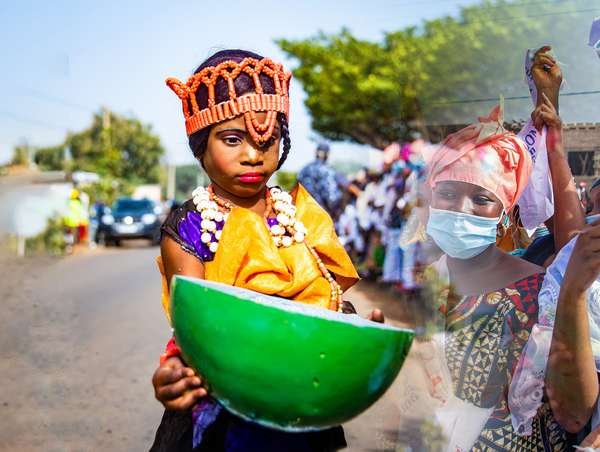
Donga [dɔ̃ŋ.ga] is one of the twelve departments of Benin; its capital is Djougou, the fourth largest city in the country. The department of Donga was created in 1999 when it was split off from Atakora Department. Donga is subdivided into five communes, each centered at one of the principal towns: Bassila, Copargo, Djougou Rural, Djougou Urban and Ouaké.
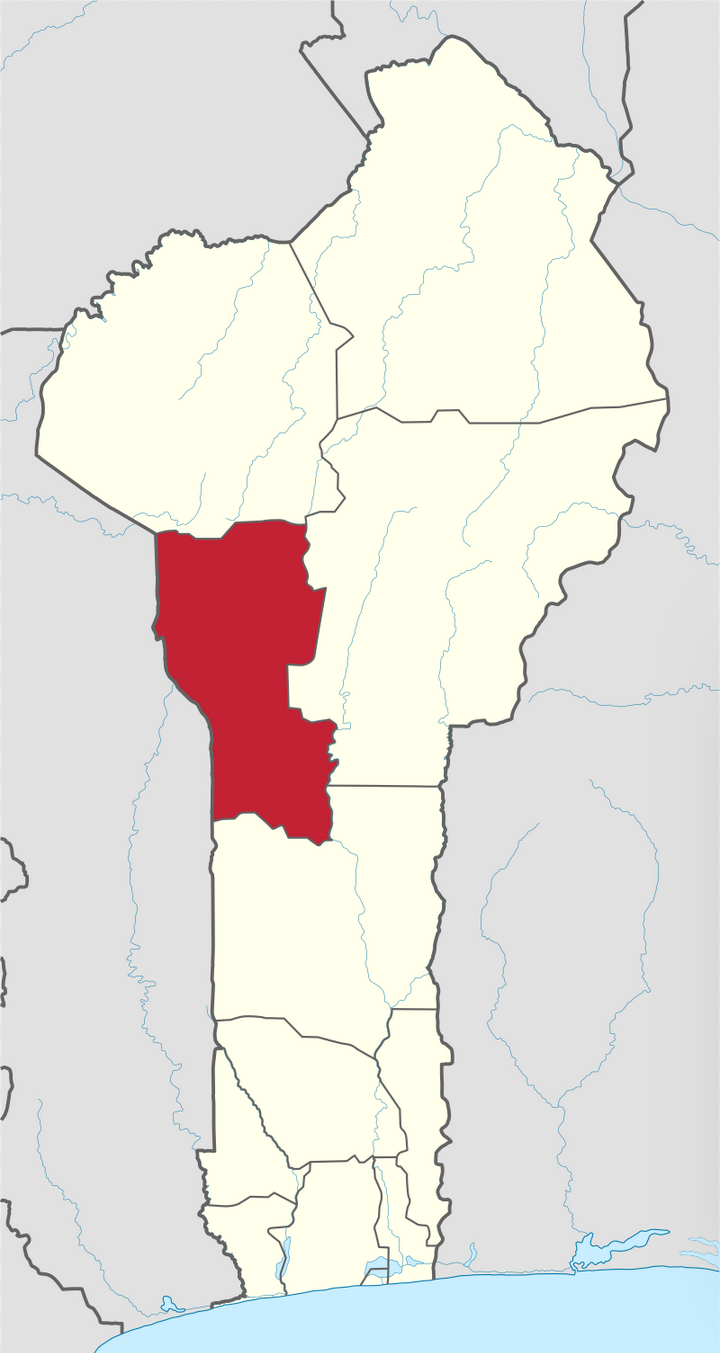
As of 2013, the total population of the department was 543,130, with 270,754 males and 272,376 females. The proportion of women was 50.10%. The total rural population was 57.90%, while the urban population was 42.10%. The total labour force in the department was 120,021, of which 24.20% were women. The proportion of households with no level of education was 72.50%.
Donga Department, with an area of 10,691 square kilometres (4,128 sq mi), is located in north-central Benin, bordering Atakora Department to the north, Borgou Department to the east, Collines Department to the south, and Togo to the west. The northwest region of Benin consists mostly of forested mountains, from which two tributaries of the Niger River, the Mékrou River and the Pendjari River, originate.[2] Mont Sokbaro, widely cited as the highest point of Benin, lies on the border of Donga Department with Togo.
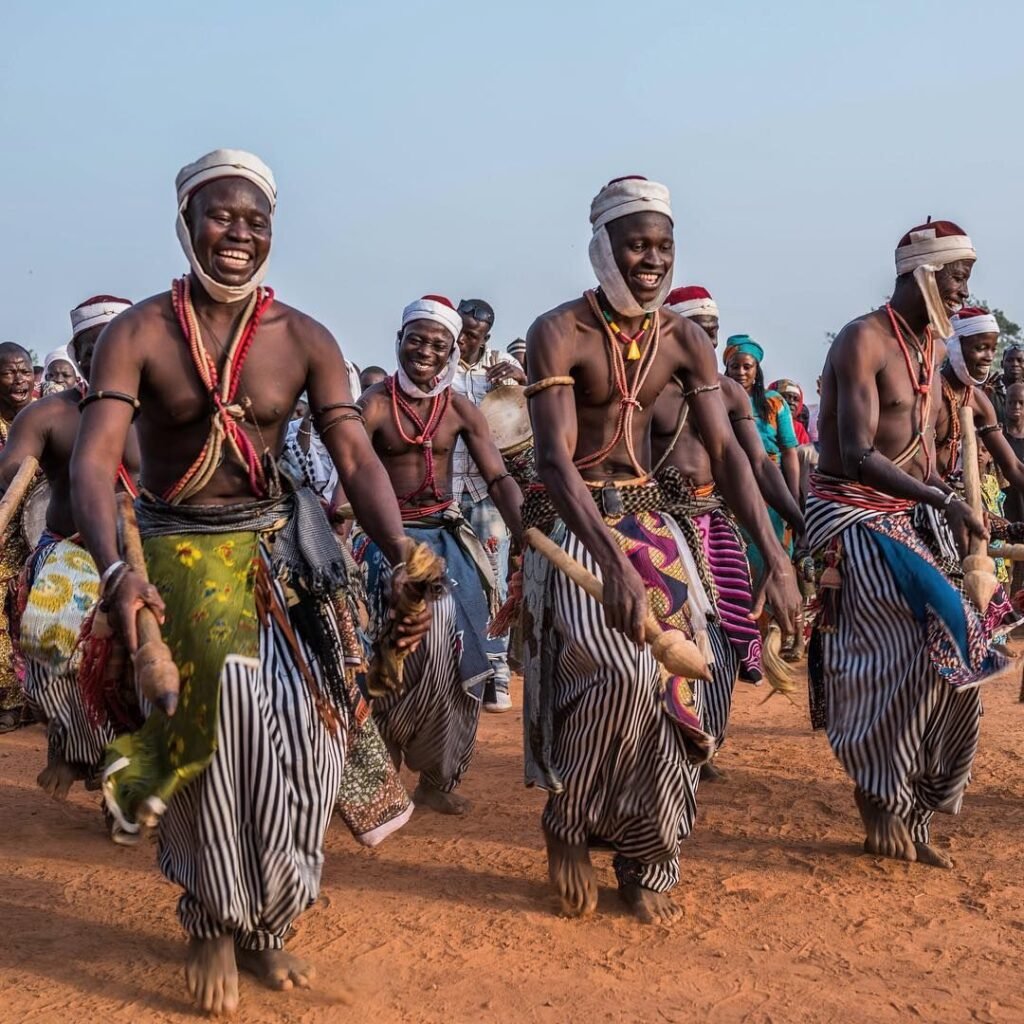
Prefect of Donga department
Mr. Biaou Ainin Soulemane Eliassou

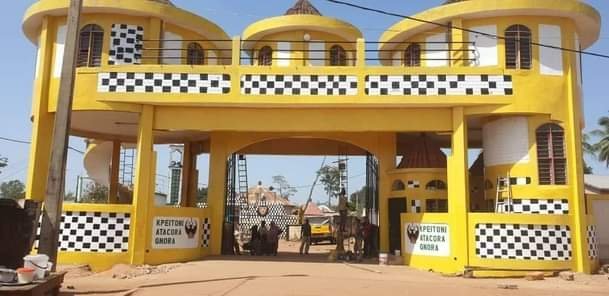
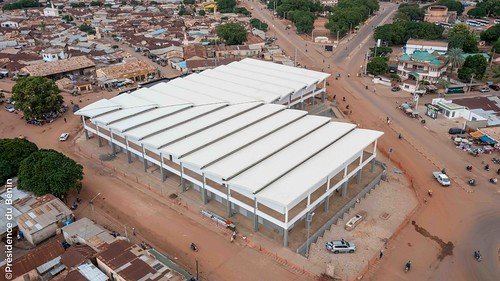

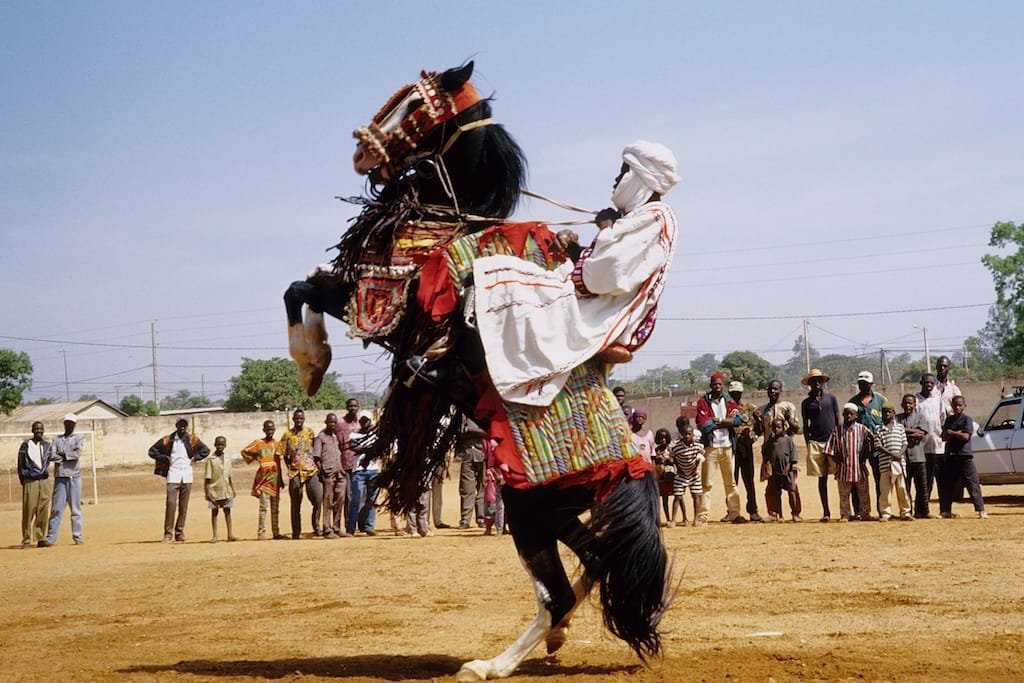
The main ethnolinguistic groups in the department are the Dendi and Yoruba. Other groups include the Anii, Bariba, Ede, Foodo, Kabiye, Lama, Lukpa, Tammari (also known as the Betammaribe, or Somba), Miyobe and Yom.
The department of Donga was created in 1999 when it was split off from Atakora Department. Its capital is Djougou.[7] Donga is subdivided into five communes, each centered at one of the principal towns: Bassila, Copargo, Djougou Rural, Djougou Urban and Ouaké.
